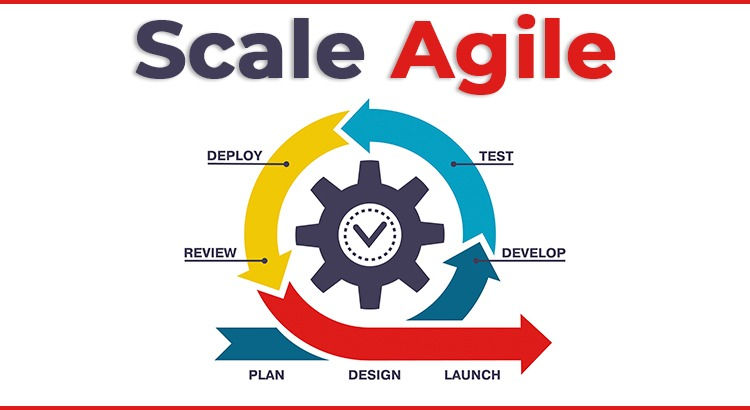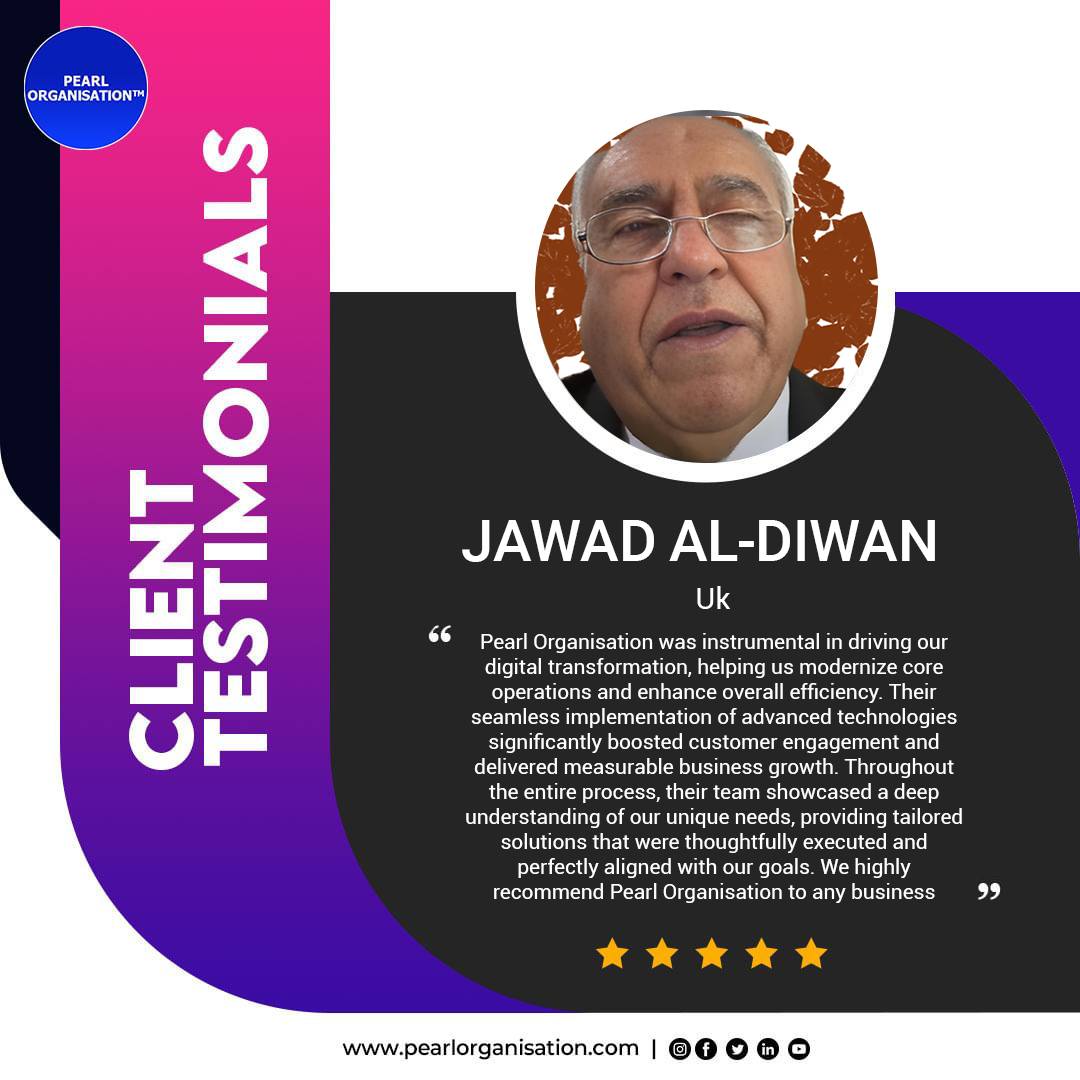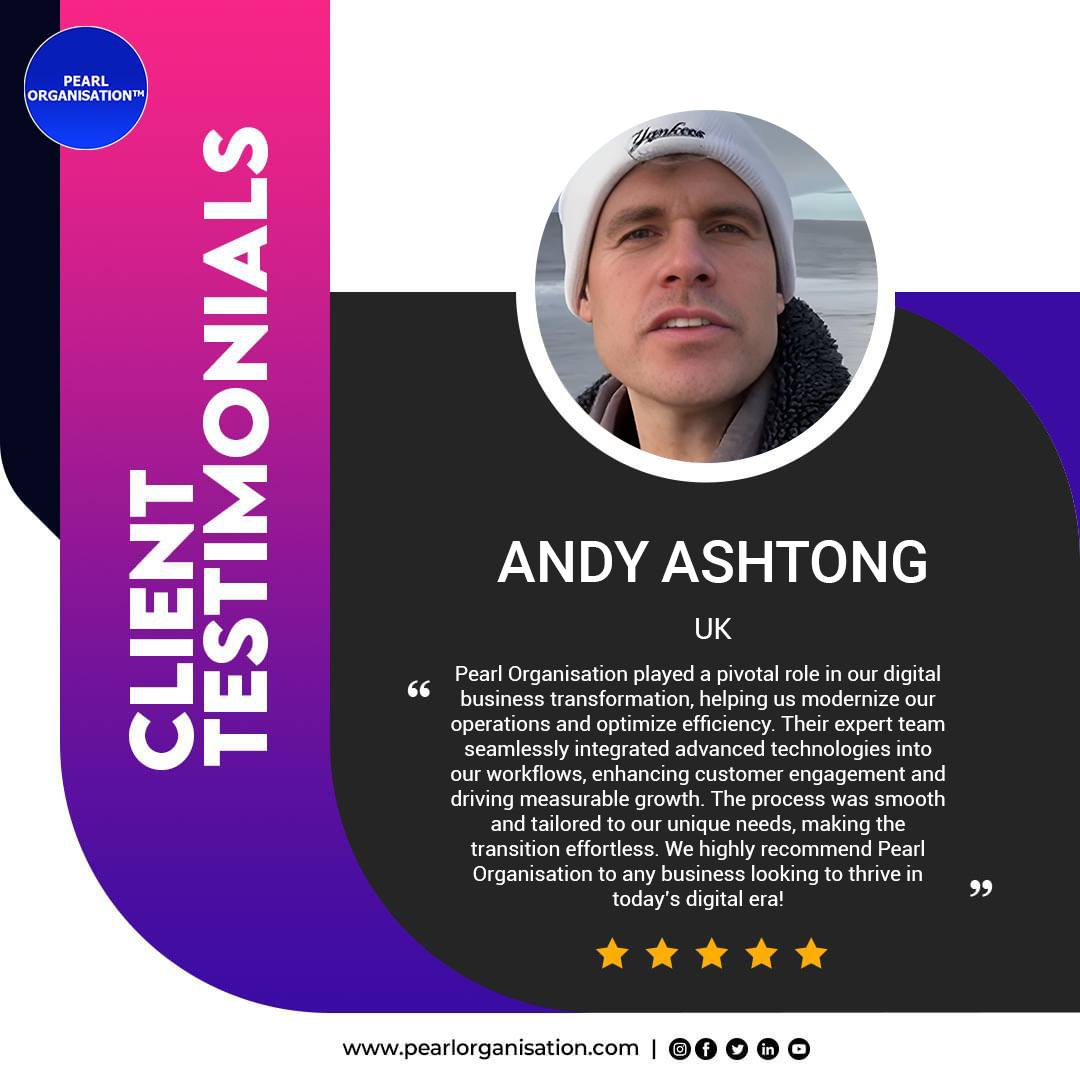Reducing Complexity in Large-Scale Platform Development
- Larrisa

- Aug 22
- 7 min read

Introduction: Why Complexity Is the Silent Killer of Platforms
Large-scale platforms are the backbone of global businesses — from e-commerce giants handling millions of transactions daily to enterprise SaaS platforms powering multi-country operations. But with scale comes complexity: tangled integrations, technical debt, performance bottlenecks, security loopholes, and ballooning operational costs.
Pearl Organisation has witnessed firsthand that businesses often underestimate how complexity grows exponentially with scale. Without a strategy, platforms become fragile, expensive, and slow to innovate. This article explores practical frameworks, architectures, and cultural practices to simplify large-scale platform development while ensuring performance, security, and scalability.
1. Defining Complexity in Large-Scale Systems
Complexity arises from multiple interdependent factors:
Technical complexity → microservices, APIs, legacy integrations, multi-cloud deployments.
Business complexity → regulations across markets, customer personalization, multi-currency/multi-language support.
Organizational complexity → distributed teams, competing priorities, and siloed decision-making.
Recognizing which type of complexity you’re facing is the first step to reducing it.
2. Mapping Current-State Complexity
Before simplifying, document your entire platform landscape:
Create a service dependency map → which modules talk to which APIs.
Conduct application rationalization → identify redundant tools and retire unused systems.
Analyze vendor sprawl → many enterprises overspend by maintaining overlapping third-party services.
💡 Example: One UAE fintech enterprise reduced costs by 30% annually simply by consolidating five different payment gateway integrations into one unified service.
3. Modular Architecture as the Antidote
Large monolithic systems are notoriously hard to maintain. Modern enterprises reduce complexity through:
Microservices → independent, deployable services aligned with business domains.
Service-Oriented Architecture (SOA) → standardized, reusable APIs.
Domain-Driven Design (DDD) → aligning software modules to real-world business processes.
This allows for fault isolation, faster feature releases, and clear ownership across teams.
4. Design for Simplicity, Not Over-Engineering
One of the biggest mistakes in scaling is adding unnecessary layers of abstraction.
Use design patterns wisely (MVC, event-driven, CQRS).
Keep interfaces simple → one API should do one thing well.
Avoid gold-plating → features should solve problems, not showcase tech vanity.
💡 Case Insight: A California-based e-commerce client of Pearl Organisation cut their checkout API latency by 42% by simplifying bloated middleware that wasn’t adding business value.
5. DevOps, CI/CD, and Automation to Minimize Friction
Complexity grows when manual processes dominate.
Continuous Integration/Continuous Deployment (CI/CD) pipelines ensure fast, reliable updates.
Infrastructure as Code (IaC) (Terraform, Ansible) keeps environments consistent.
Automated testing suites (unit, integration, regression) detect bugs early.
DevSecOps integrates security into every release cycle.
Automation doesn’t just save time — it reduces human error, one of the biggest drivers of system fragility.
6. Observability and Monitoring for Transparency
Complex platforms fail when teams can’t see what’s happening.
Centralized logging (ELK Stack, Splunk).
Metrics dashboards (Prometheus, Grafana).
Distributed tracing (Jaeger, OpenTelemetry) to track requests across microservices.
Real-time alerting with automated incident response.
💡 Insight: Enterprises with advanced observability practices reduce MTTR (Mean Time to Resolution) by up to 50%.
7. Managing Legacy Systems Without Adding Bloat
Legacy systems can’t be ignored, but they mustn’t dominate:
Strangler Fig Pattern → incrementally replace legacy features with modern microservices.
API Wrappers → expose old systems through modern APIs without rewriting everything at once.
Event-driven modernization → integrate old systems into new ecosystems via Kafka or RabbitMQ.
Pearl Organisation used this approach for a banking client, allowing them to modernize 20-year-old mainframes without downtime.
8. Security Simplification in Large-Scale Platforms
Security complexity often grows faster than technical complexity.
Zero Trust Architecture → verify every request, every time.
Centralized identity & access management (IAM tools like Okta, Azure AD).
Unified compliance frameworks → one system for GDPR, HIPAA, CCPA, instead of siloed checklists.
Simplifying security reduces breaches and compliance costs.
9. Cost Optimization as a Complexity Reducer
Bloated systems cost more and create operational chaos.
Multi-cloud cost visibility → avoid vendor lock-in while tracking spend.
Right-sizing infrastructure → remove idle cloud resources.
Open-source adoption → leverage mature, community-driven tools (Kubernetes, PostgreSQL).
Outsourcing non-core IT → reduce the burden of in-house teams.
💡 Data Point: According to Gartner, companies waste up to 30% of cloud spending on unused resources — complexity multiplies waste.
10. Organizational Culture: Aligning Teams Against Complexity
Technology alone won’t reduce complexity — people must align too.
Cross-functional teams → dev, ops, and business stakeholders collaborate.
Clear ownership → every service or module has a responsible team.
Documentation discipline → living documentation reduces onboarding time.
Agile/Lean practices → reduce bureaucratic overhead and accelerate iteration.
💡 Case Study: Pearl Organisation helped a global logistics client cut their release cycles from 8 weeks to 2 weeks by restructuring teams into cross-functional pods.
11. Future Trends in Complexity Reduction
Looking ahead, several practices will dominate:
AI-assisted development → automated code generation, bug detection, and refactoring.
Platform engineering → dedicated teams building internal developer platforms (IDPs).
Composable architectures → plug-and-play services for faster iteration.
Green IT strategies → reducing system bloat also reduces carbon footprint.
These trends not only simplify systems but also future-proof platforms.
12. The Business Payoff: Why Simplicity Wins
Reducing complexity in large-scale platform development leads to:
Faster time-to-market → features delivered in weeks, not months.
Lower TCO (Total Cost of Ownership) → less waste, less rework.
Better resilience → fewer outages, faster recovery.
Innovation freedom → developers focus on customer value, not firefighting.
BCG research shows companies that master complexity reduction boost profit margins by 25–100%.
Conclusion: Pearl Organisation’s Philosophy on Complexity
At Pearl Organisation, we believe that complexity should never be a by-product of growth. With the right mix of architecture, automation, and cultural practices, even the largest platforms can remain agile, secure, and future-ready.
👉 Ready to simplify your large-scale platform?
Visit Pearl Organisation and let us build clarity, scalability, and efficiency into your digital ecosystem.
FAQ :
1. Why does complexity increase so quickly in large-scale platform development?
Complexity grows because every new feature, integration, or system dependency adds exponential interactions.
A study by MIT Sloan found that software complexity grows at twice the rate of functionality in large systems.
Factors like microservices sprawl, multi-cloud deployments, and legacy integrations amplify this complexity.
2. What are the most common sources of complexity in enterprise platforms?
The top sources include:
Technical Debt – Quick fixes and poor refactoring.
Monolithic Architectures – Difficult to update and scale.
Siloed Teams – Lack of communication and overlapping work.
Overlapping Vendors/Tools – Multiple third-party services performing similar roles.
Security & Compliance Layers – Each region/country adds unique regulatory needs.
3. How much do companies lose due to unmanaged platform complexity?
According to BCG research, unmanaged complexity reduces profit margins by 10–35% annually.
Gartner estimates that up to 40% of IT budgets are wasted maintaining redundant or inefficient systems.
Enterprises spend 50–80% of their software budgets just on maintenance when complexity is unchecked.
4. How can modular architectures reduce platform complexity?
Adopting microservices or domain-driven architectures reduces dependencies and allows independent scaling.
Netflix runs thousands of microservices to avoid monolithic complexity.
Enterprises using modular architectures report 60% faster release cycles and 40% fewer critical incidents.
5. What role does DevOps and automation play in simplifying complexity?
Automation minimizes human error and standardizes processes.
CI/CD pipelines reduce deployment complexity by up to 80%.
Infrastructure as Code (IaC) keeps environments consistent across teams.
DevOps adoption improves deployment frequency by 200% and reduces failure rates by 3x (State of DevOps Report).
6. How do legacy systems add to complexity?
Legacy systems create bottlenecks because they:
Lack integration support for modern APIs.
Require specialized skills that are hard to find.
Generate compliance risks.
💡 Example: A UK bank outage in 2018 (affecting 1.9 million customers) was caused by poorly managed legacy modernization.
7. Can AI help reduce complexity in platform development?
Yes. AI is increasingly used to:
Auto-generate code (reducing human overhead).
Predict system failures before they happen.
Automate regression and integration testing.
Simplify monitoring with anomaly detection.
By 2026, 65% of enterprises are expected to use AI-driven development tools to manage complexity.
8. What security strategies reduce complexity instead of adding to it?
Zero Trust Models → One unified framework across all services.
Centralized IAM (Identity & Access Management) → Reduces duplication of access systems.
Unified Compliance Platforms → One monitoring system for GDPR, HIPAA, and CCPA.
This avoids “security silos” where each compliance layer adds complexity.
9. How do observability and monitoring reduce system complexity?
Without observability, complexity is invisible. Enterprises simplify by:
Distributed tracing across microservices.
Centralized dashboards for performance and error monitoring.
Proactive alerting with automated remediation.
Companies with strong observability practices reduce downtime by 50% and speed up troubleshooting by 65%.
10. Is outsourcing a good strategy for managing complexity?
Yes, when applied correctly. Outsourcing non-core IT functions (like server monitoring or application maintenance) reduces in-house overhead.
A Deloitte survey found 59% of enterprises outsource IT primarily to reduce complexity and costs.
However, core architecture design and security oversight should remain in-house or with a trusted partner.
11. How does reducing complexity impact innovation?
Less complexity = more innovation.
Teams spend less time fixing bugs and more time building features.
Enterprises that actively manage complexity report 2.5x higher innovation velocity compared to those that don’t.
12. What are future trends in complexity reduction for large-scale platforms?
Platform Engineering → Dedicated teams build reusable internal developer platforms.
Composable Architectures → Plug-and-play services instead of custom builds.
AI Ops → AI for IT operations and anomaly detection.
Green IT Simplification → Energy-efficient systems that cut costs and reduce infrastructure bloat.
By 2030, enterprises that master complexity reduction will outperform competitors by 30%+ in profitability.
✅ Final Note
Reducing complexity in large-scale platform development is not just a technical exercise — it’s a business strategy. Enterprises that simplify architectures, automate processes, modernize legacy systems, and adopt AI-driven practices will see:
👉 Pearl Organisation helps global enterprises simplify complexity with modern architectures, automation, and strategic IT consulting.






































